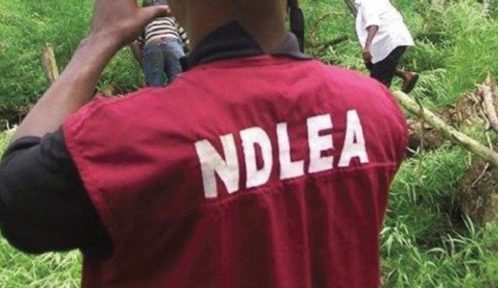Powerful aftershocks continued to convulse Nepal on Sunday, sending residents of Katmandu screaming into the streets again and again a day after a devastating quake killed more than 2,200 people and injured about 5,800.
According to The New York Times,streets in parts of this city of about 1.2 million were impassable not so much from quake damage but because tens of thousands of people have taken up residence there. It was a strategy endorsed by a government entirely overwhelmed by the enormity of the challenge facing the country.
As the country’s prime minister, Sushil Koirala, rushed back to Katmandu from an official trip to Southeast Asia it became clear that the Nepalese authorities were ill-equipped to rescue those trapped and would have trouble maintaining adequate supplies of water, electricity and food.
“In my neighborhood, the police are conspicuous by their absence,” said Sridhar Khatri of the South Asia Center for Policy Studies in Katmandu. “There is not even a show of force to deter vandalism, which some reports say is on the rise.”
A deadly earthquake shook Nepal on Saturday near its capital, Katmandu, and set off avalanches around Mount Everest.
On Sunday, the government began setting up 16 relief stations across Katmandu and the rest of the country while rescue operations continued. The relief stations are expected to ease distribution of water, food and medicine, said Laxmi Prasad Dhakal, a Ministry of Home Affairs spokesman.
The Home Ministry said Sunday that 2,263 had been confirmed dead and 5,800 injured.
Thousands of Katmandu’s residents squatted on streets throughout the city either because their homes were destroyed or continued aftershocks, including one of magnitude 6.7, left them too afraid to go back inside. Other residents were camping out in schools, school playgrounds and government offices.
The government announced that schools would remain closed for at least five days and it pleaded with government workers to help in local rescue efforts in place of their usual jobs.
Stephen Groves, a Katmandu resident, said he was inspecting a building for cracks shortly after noon on Sunday when the biggest of many aftershocks hit, leading to terrified screams from those nearby.
“The whole time I was thinking if the building next to me was going to come down on top of me,” Mr. Groves said in an email. “People here are in a panic, and every aftershock contributes to that. They are not going indoors, they are staying in the roads and in open areas. Many are searching for family members.”
Groves said he went to a hospital in the capital on Saturday, where hordes of people were lying on the ground outside the structure, many with intravenous drips hooked up to their arms and shocked looks on their faces.
The city was awash with rumors that the worst aftershocks were yet to come and with fears of greater destruction in the countryside, large swaths of which remained unreachable by phone.
Subhash Ghimire, editor in chief of the Nepalese newspaper República, said he managed to reach his father in his hometown village of 3,000 near the epicenter in the district of Gorkha. “He said not a single house is left in our village, including our own house,” Mr. Ghimire said.
“We are hoping to find survivors in the rubble,” Colonel Lorado told reporters before leaving Israel. “The main mission is to save lives,” he added. About 600 Israelis are believed to be in Nepal, a popular destination for young backpackers after their compulsory army service.
The United States State Department said Sunday that three American citizens had died in the quake, as reported by Reuters.




















